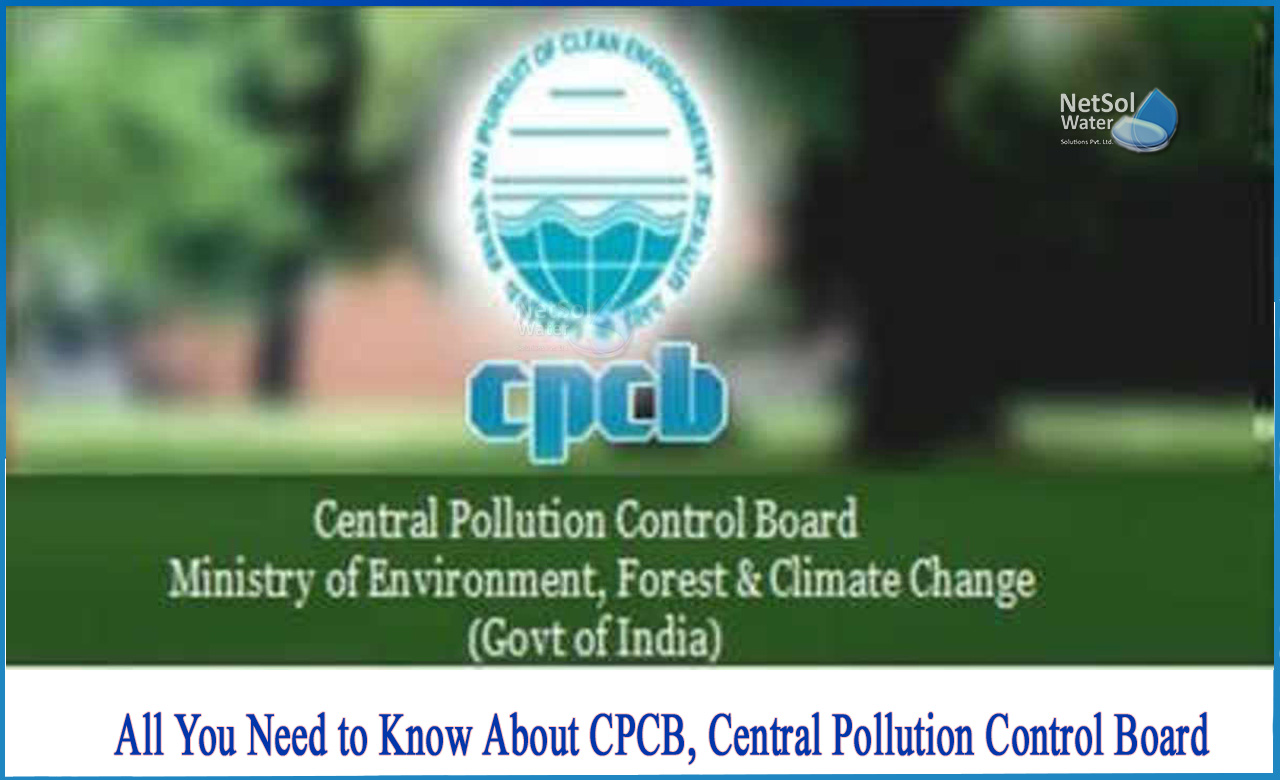Overview
The Central Pollution Control Board (CPCB) of India is a statutory body that reports to the Ministry of Environment, Forests, and Climate Change (Moefcc).
The Water (Prevention and Control of Pollution) Act of 1974 created it in 1974. The CPCB is also given authority and functions under the Air (Prevention and Control of Pollution) Act of 1981.
All we need to know about CPCB:
The CPCB has its headquarters in New Delhi, as well as seven zonal offices and five laboratories. Environmental assessments and research are carried out by the board. It is in charge of upholding national standards under a range of environmental regulations, in collaboration with zonal offices, tribal governments, and municipal governments. It is responsible for monitoring water and air quality and storing monitoring data. In addition, the agency collaborates with companies and all levels of government on a wide range of voluntary pollution control and energy conservation projects. It advises the central government on how to prevent and manage pollution of water and air. It also advises Union Territories' governments on industrial and other causes of water and air pollution. The CPCB, together with its equivalents, the State Pollution Control Boards (SPCBs), is in charge of enforcing regulations pertaining to the prevention and control of environmental pollution.
What is the function of Central Pollution Control Board?
CPCB functions are performed at both the national and state levels, as well as the State Boards for Union Territories. CPCB, established under the Water (Prevention and Control of Pollution) Act of 1974 and the Air (Prevention and Control of Pollution) Act of 1981, aims to promote the cleanliness of streams and wells in various areas of the States by preventing, controlling, and abating water pollution, as well as to improve air quality and prevent, control, or abate air pollution in the country.
- Air quality/pollution: The CPCB manages the National Air Quality Monitoring Programme, which is a countrywide programme for monitoring ambient air quality (NAMP). Under N.A.M.P., four air pollutants have been designated for routine monitoring at all locations: Sulphur Dioxide (SO2), Nitrogen Oxides as NO2, Suspended Particulate Matter, and Respirable Suspended Particulate Matter (RSPM/ PM-10).
- Municipal solid waste rules: Every municipal authority is subjected to the Municipal Solid Wastes (Management & Handling) Rules, 2000 (MSW rules, 2000) and is responsible for municipal solid waste collection, segregation, storage, transportation, processing, and disposal. CPCB gathers required information from local authorities and provides technical help to them.
- Noise pollution/requirements: According to MoEFC S.O. 123(E), numerous sources such as industrial activity, construction activity, generator sets, loud speakers, public address systems, music systems, automobile horns, and other mechanical devices are harmful to human health. The CPCB is responsible for regulating and controlling noise producing and generating sources.
- Water quality/pollution: Fresh water is a scarce resource that is required for agriculture, industry, wildlife and fisheries propagation, and human survival.
India is a river-drenched land. It contains 14 main rivers, 44 medium rivers, and 55 small rivers, as well as numerous lakes, ponds, and wells that are used as primary drinking water sources even without treatment. Most rivers nourished by monsoon rains, which fall for three months out of the year, stay dry the rest of the year, often carrying wastewater discharges from factories, cities, or towns, jeopardising the quality of our finite water resources.
The CPCB, in partnership with the relevant SPCBs/PCCs, built a state-wide network of water quality monitoring stations, with 1019 stations operating in 27 states and 6 union territories. The monitoring method is carried out on a quarterly basis for surface waters and on a half-yearly basis for ground water. It includes 200 rivers, 60 lakes, five tanks, three ponds, three creeks, thirteen canals, seventeen drains, and three hundred and twenty wells. There are 592 stations on rivers, 65 on lakes, 17 on drains, 13 on canals, 5 on tanks, 3 on creeks, 3 on ponds, and 321 on groundwater. The inland water quality monitoring network is organised into three levels: the Global Environment Monitoring System (GEMS), the Monitoring of Indian National Aquatic Resources System (MINARS), and the Yamuna Action Plan (YAP).
Netsol Water is Greater Noida-based leading water & wastewater treatment plant manufacturer. We are industry's most demanding company based on client review and work quality. We are known as best commercial RO plant manufacturers, industrial RO plant manufacturer, sewage treatment plant manufacturer, Water Softener Plant Manufacturers and effluent treatment plant manufacturers. Apart from this 24x7 customer support is our USP. Call on +91-9650608473, or write us at enquiry@netsolwater.com for any support, inquiry or product-purchase related query.



